Popular games published by company Video System
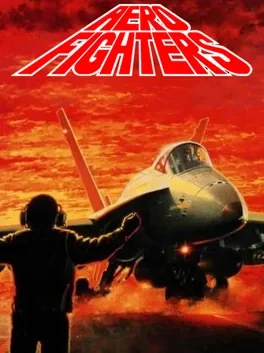
There are eight stages in this game. The beginning stages consists of randomly chosen areas from nations of unselected fighters (assuming those fighters have nations). If Rabio or Lepus is chosen, all four rival nation stages become playable. After completing all rival nation stages, there are four more stages. Player and team-specific endings occur after completing the first loop. After completing the 2nd loop, the ending consists of all pilot pairs giving a speech, with the second pilot in the last pair giving a cheat code.
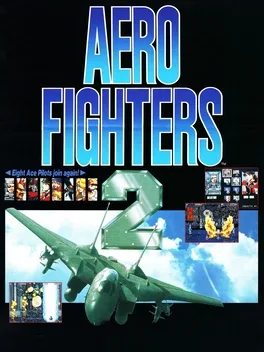
The game is played with two buttons, with the A button firing projectiles from the plane and the B button launching a special bomb attack which uses a bomb from a limited stock of bombs. Power projectiles can be obtained by destroying buildings and armored enemy planes. There are two types of Power projectiles: "P" Power projectiles, that increases the plane's firepower by one level, and "F" Power projectiles, that increases the plane's firepower to the maximum level instantly. The maximum level only lasts for a limited amount of shots. When certain ground enemies and buildings are destroyed, money bonuses appear which give a random amount of points each. When the player reaches the end of the stage, the player has to face a boss ship.

The game consists of five gameplay modes: Grand Prix, a course-by-course simulation of the 1997 season; Exhibition, a single race; Time Trial, a race against the clock and Challenge, which comprised real scenarios from the 1997 season-examples include trying to win the 1997 Hungarian Grand Prix as Damon Hill or beating Jean Alesi as David Coulthard in the 1997 Italian Grand Prix. The final mode allowed 2 players to compete in a single, split-screen race.
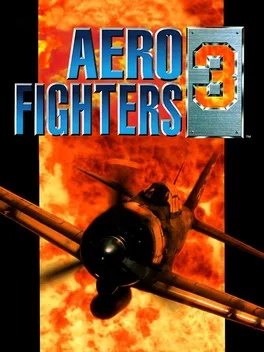
When enemy forces wipe out the jets of the Aero Fighters, they must scramble using heavily-modified World War II warplanes in the third installment of the comical Aero Fighters series.
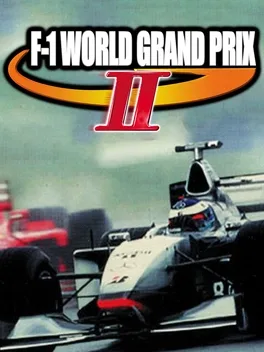
F1 WGP 2 pretty much sports the same features as the first game. The game has 4 modes of play: the championship season mode, the exhibition race, time trials, and the challenge mode. R and Z are used to shift gears, the analog stick is used to steer the car, A is the accelerator and B is the brake. The C-buttons allow for camera changes and backmirror views. It's pretty much the same setup and how these work are pretty much unchanged from the first game to the second.
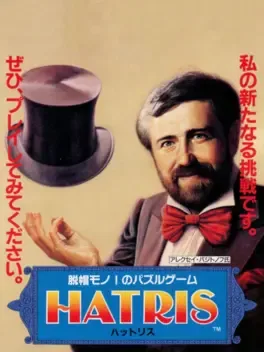
Hatris is a puzzle video game developed by Alexey Pajitnov, creator of famous video game Tetris. In Hatris, the falling blocks of Tetris are replaced by falling hats which are top hats, cowboy hats, baseball caps, derbys, party hats and crowns. The setting is a hat factory, where hats are dropped down from a conveyor belt two at a time and must be stacked on one of six mannequin heads. Once five hats of the same kind have been stacked on top of each other, they fall down onto another conveyor belt below and are shipped out of the factory, rewarding the player with a cash bonus (the game keeps track of score as money, not simply points). Once you ship out enough hats out of the shop, you go up a level to the next shop. The higher shop number you get to, the more types of hats start appearing to make it more difficult for you to accomplish your task. The game ends when one of your stacks of hats reaches the top of the screen.
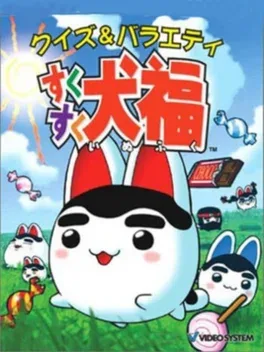
"Quiz & Variety SukuSuku Inufuku" is an arcade game released by Video System in 1998. While quizzes are the main, many mini-games are included. Clear them and raise a dog-like creature called "Inufuku".
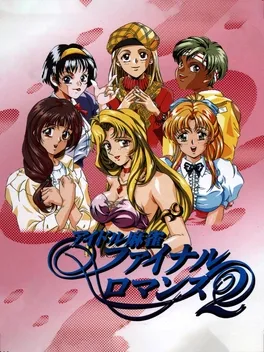
Taisen Idol-Mahjong Final Romance 2 is the second game in the Final Romance series and the first to feature anime style girls instead of digitized photos of real models. It is also the first to be ported to home systems. Like the first, you play strip mahjong against various girls. You can use your score to purchase various cheating methods.

The Mahjong Touhai-den is a Miscellaneous game, developed by Khaos and published by Video System, which was released in Japan in 1993.
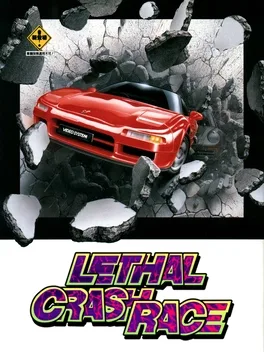
A one or two player racing game published and developed by Video System Co., Ltd. in 1993.

The third entry in the Idol Mahjong series.
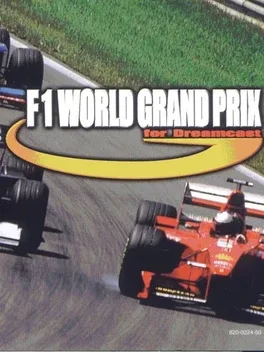
The 1997 Formula One World Championship, won by Canadian Jacques Villeneuve in dramatic fashion after a final-race collision with Germany's Michael Schumacher, is recreated in this racing simulation. You have the chance to set up the car to perfect the handling for each of the 17 diverse circuits. Wet racing is incorporated, with gradual weather chances, as well as tyre wear requiring pitstops.

This is a side-scrolling type action game. The player controls Korosuke and aims to clear a stage by jumping and slashing only. Each stage consists of an action part and a mini-game part, and the score of the stage is the sum of the remaining HP at the time of clearing the action part and the score of the mini-game. The ending of the game changes when the average score of all stages reaches 100.
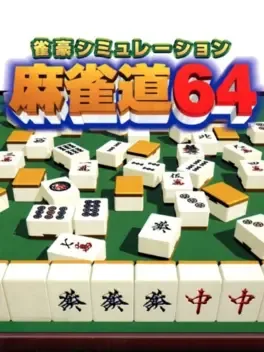
Jangou Simulation: Mahjong-dou 64 is a Miscellaneous game, developed by Art and published by Video System, which was released in Japan in 1997.
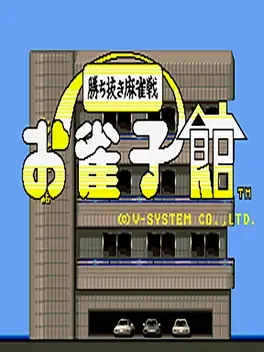
Ojanko Yakata is an adult mahjong.
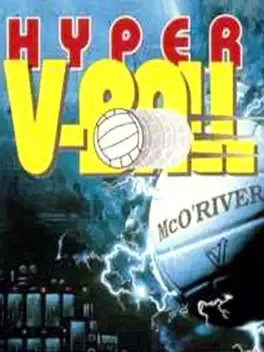
A volleyball simulation seen from a side-view perspective, meaning it is only possible to move players to the left or right. The player can choose between three different leagues: Men's League, Woman's League and Hyper League, which is a league for robots. Two buttons are used to control the ball, one for normal actions and one for "Hyper Plays", special attacks that can only be learned and used in the Hyper League. How a player will block or attack depends on the ball's speed and the players position. Team members who aren't under the player's direct control will also act on their own by positioning themselves or preparing spikes. They will, however, not block spikes on their own but it is possible to let players not under direct control block spikes by pressing one of the action buttons at the right moment.

Power Spikes II is a sports game released in 1994 by Video System. It features the Hyper Mode where the world's strongest eight teams compete along with the World Men's and World Women's teams in this futuristic fighting volleyball game. In Hyper Mode, commands for special serves and spikes can be input for an intense battle.

F-1 Grand Prix is a 1991 Formula One-based arcade racing video game developed and published by Video System exclusively in Japan. It is the first title in Video System's licensed F1 Grand Prix series, which this title is based on the 1991 Formula One season. It was licensed by Fuji Television and FOCA. The arcade game was later ported to the Super Famicom exclusively in Japan on April 28, 1992.
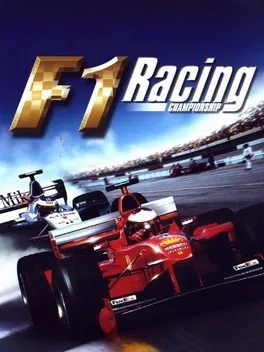
You'll line up against the fiercest opponents of all time in this ultimate F-1 simulation. Featuring real circuits from the 1999 Formula One season, F-1 RACING CHAMPIONSHIP boasts the inclusion of the brand new Sepang track in Malaysia. All of the drivers from the ’99 season are included, and each uses the strategies and techniques that he’d use in a real race. Two different modes allow you to try your hand at both ultra-realistic driving simulation, and arcade-style racing with brutal crashes and fast-paced, forgiving action. Each car has eight technical settings that can be tweaked to your taste, or you can just trust the judgment of the mechanic. Try out Solo mode; Time Attack (a race against your own best time); World Championship; Split-Screen Duel; and the helpful Driving School mode. Awesome graphics and true-to-life F-1 physics make this the most harrowing racing game to date, and impressive computer AI will have you working at this beast for quite awhile.
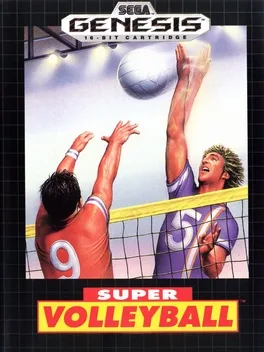
Super Volley Ball is an indoor volleyball game for one or two players. The single player mode offers two game options: normal game and World League. Choosing normal game pits the player against the computer in a single game. Choosing World League pits the player against all other teams available. A password save is available in this mode.

Kiteretsu Daihyakka is a Miscellaneous game, developed by Fill-In Cafe and published by Video System, which was released in Japan in 1995.
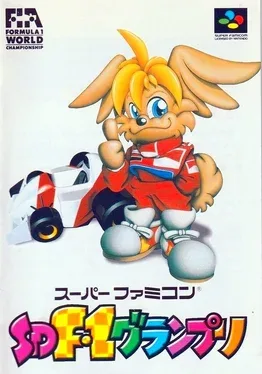
SD F-1 Grand Prix is a Racing game, developed and published by Video System, which was released in Japan in 1995. It features animal versions of real-life drivers such as Michael Schumacher and Ayrton Senna.
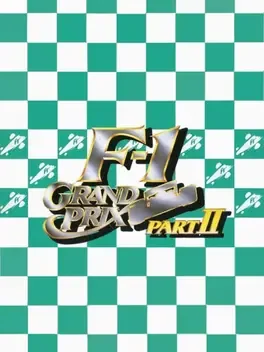
F-1 Grand Prix Part II is a Racing game, developed and published by Video System, which was released in Japan in 1993.
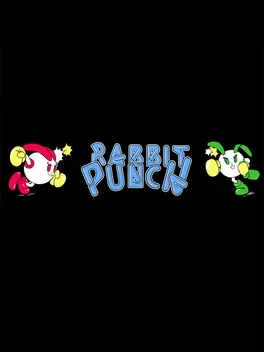
Shoot' em up arcade game by Vdeo System where round rabbits wearing boxing gloves fly from left to right through scrolling scenery punching, shooting flying enemies with a laser or firing carrot missiles. Power-ups are available in the form of canned carrots.